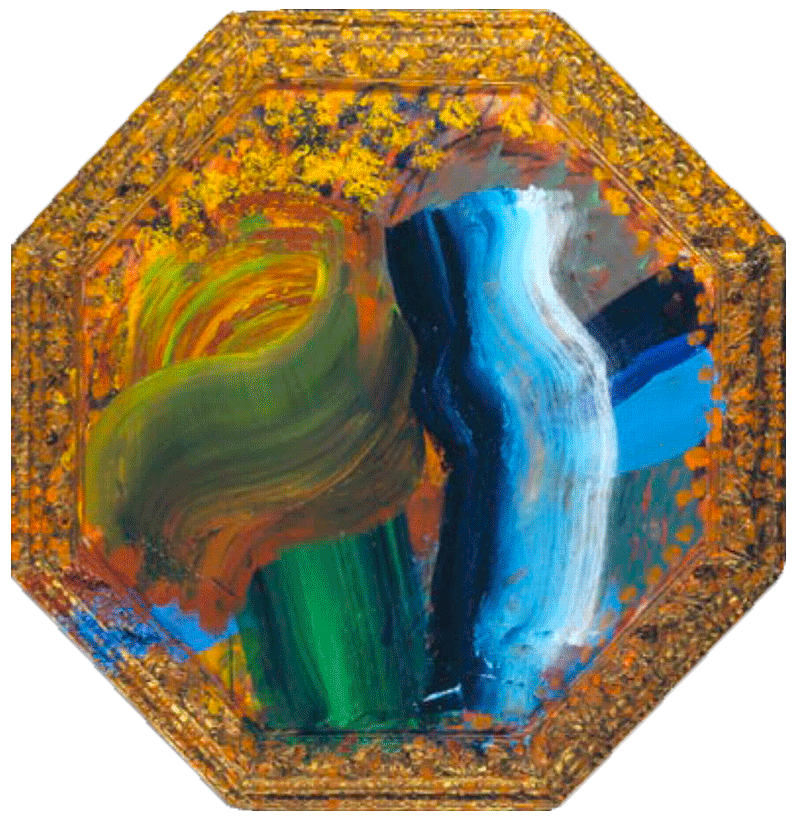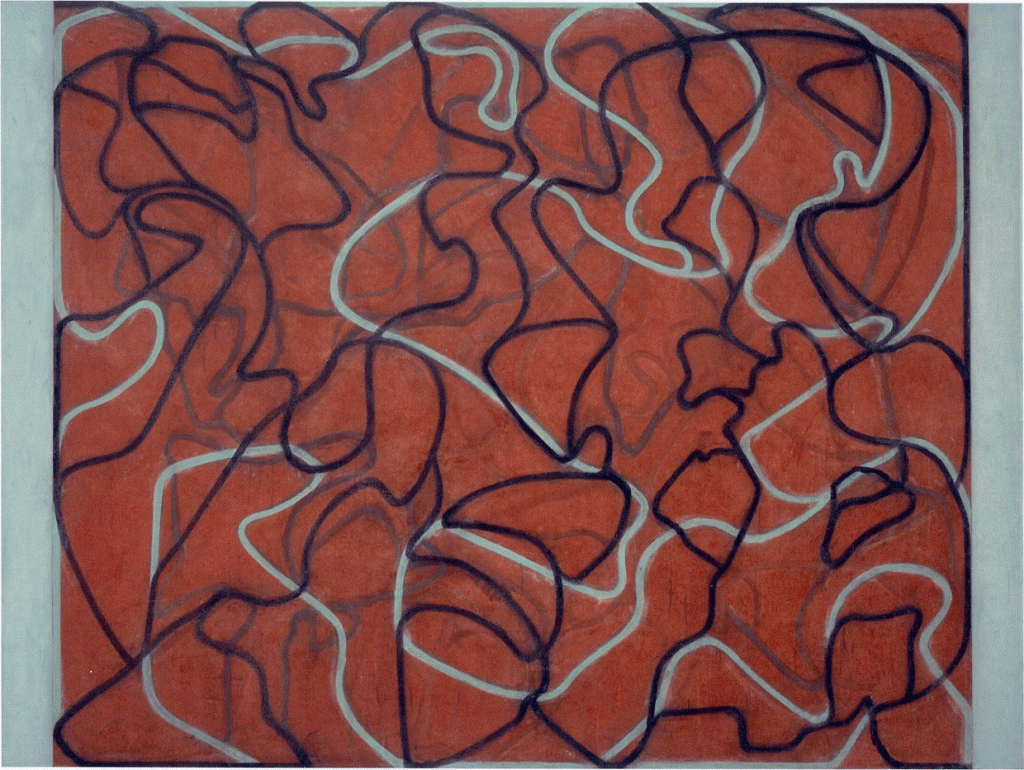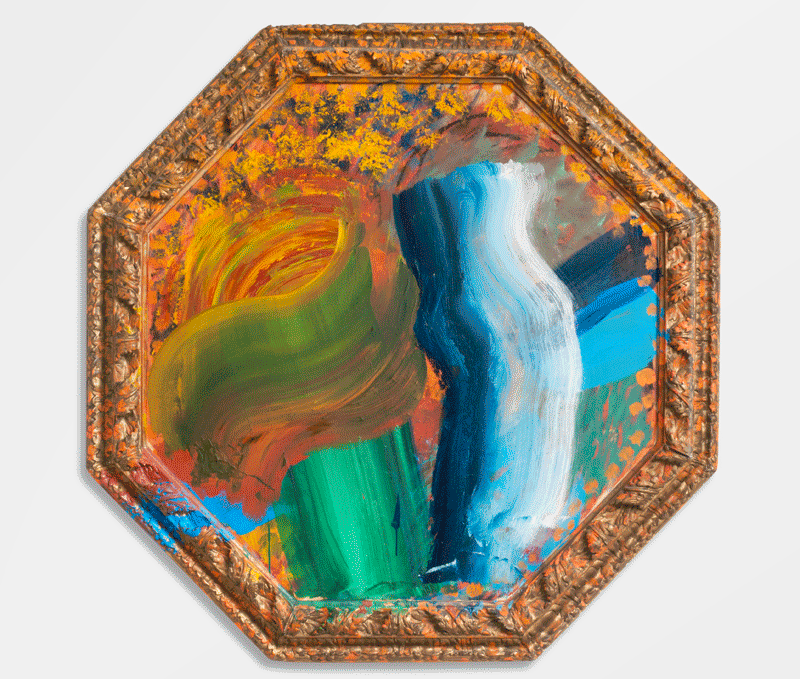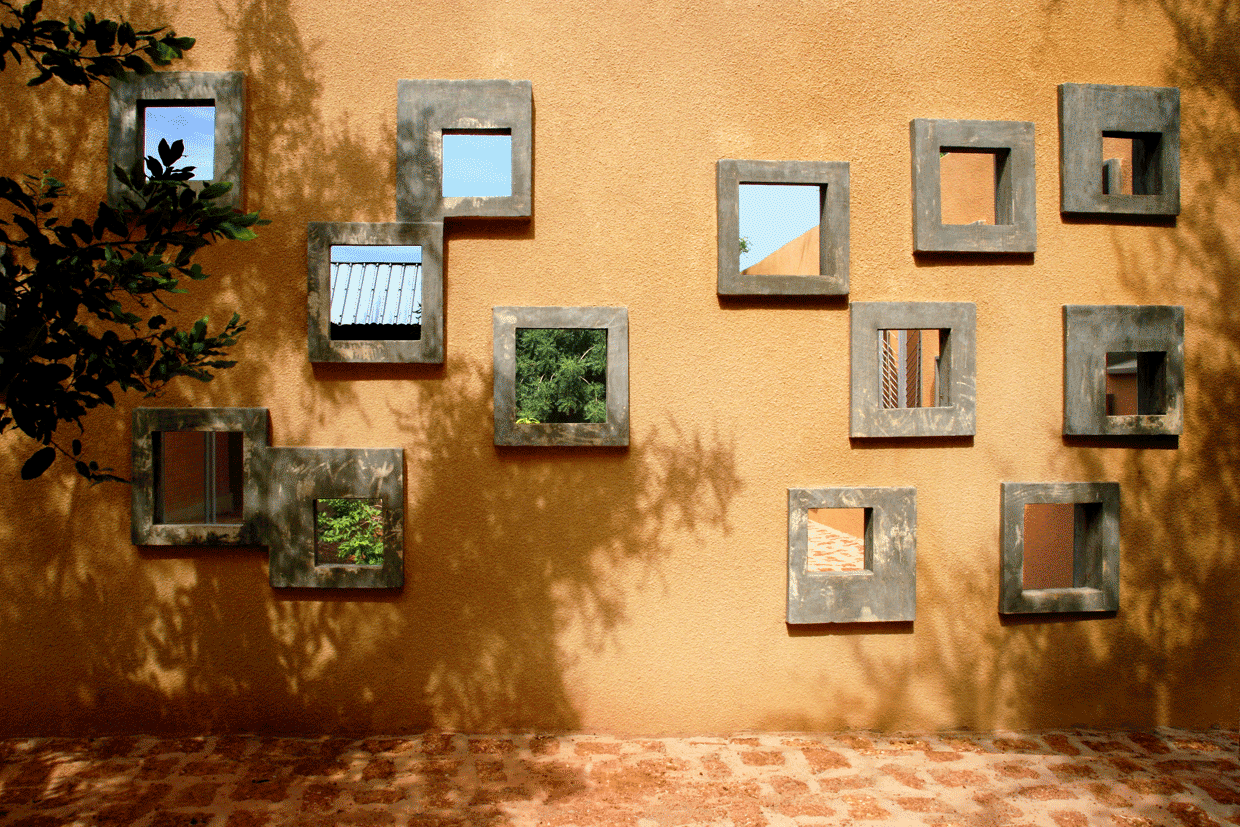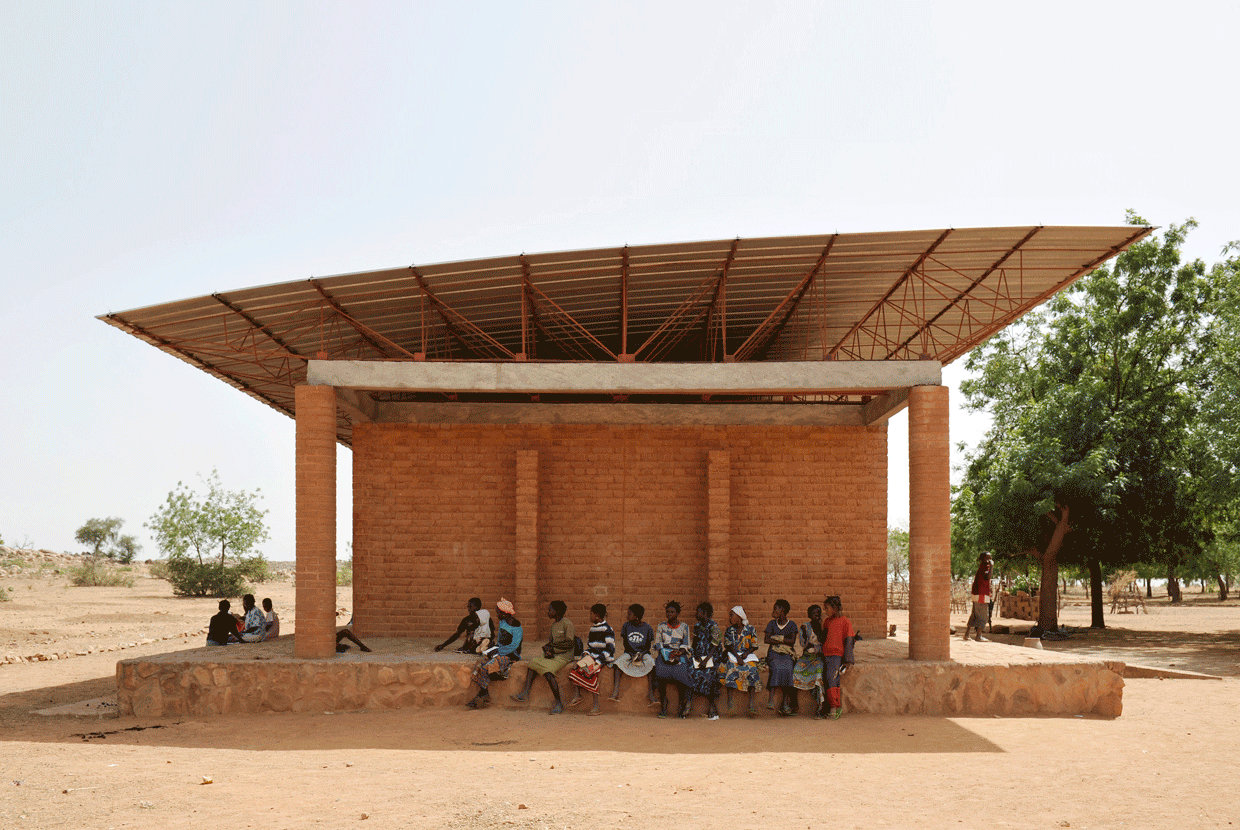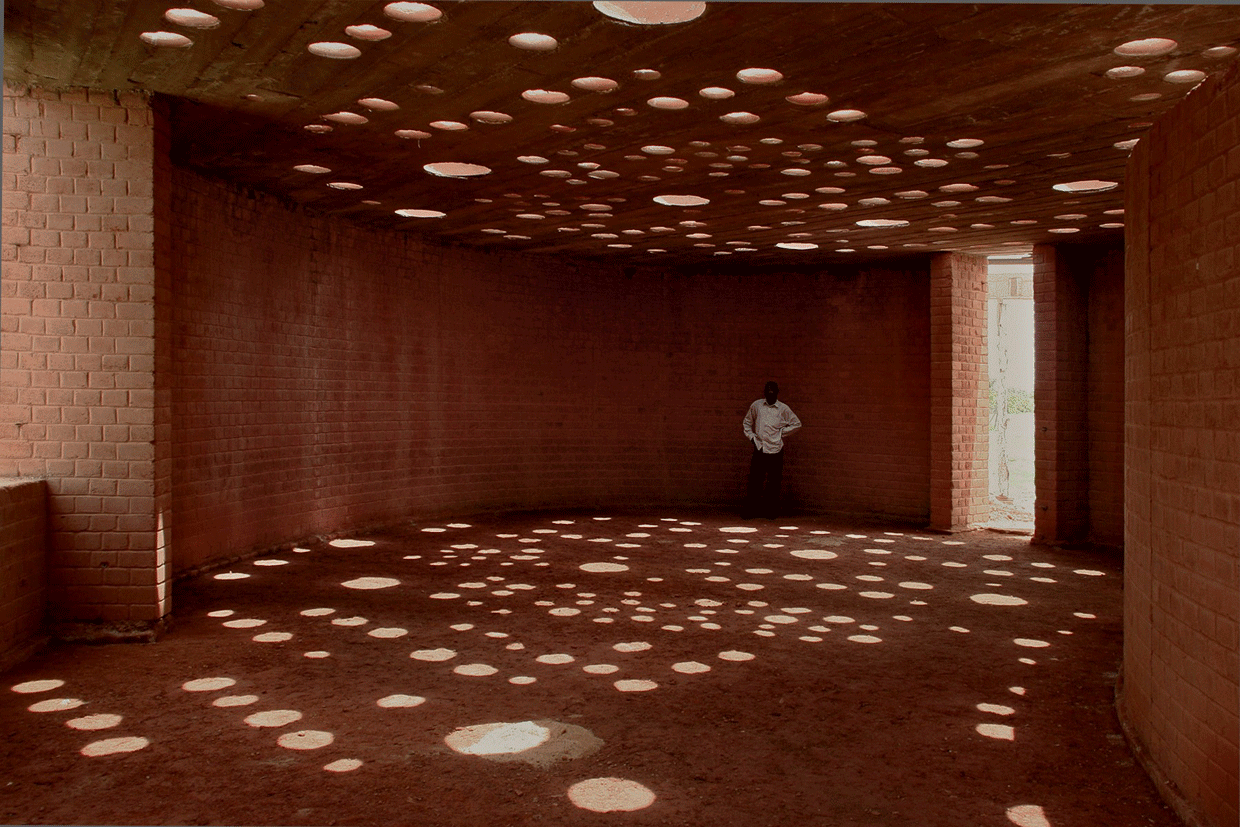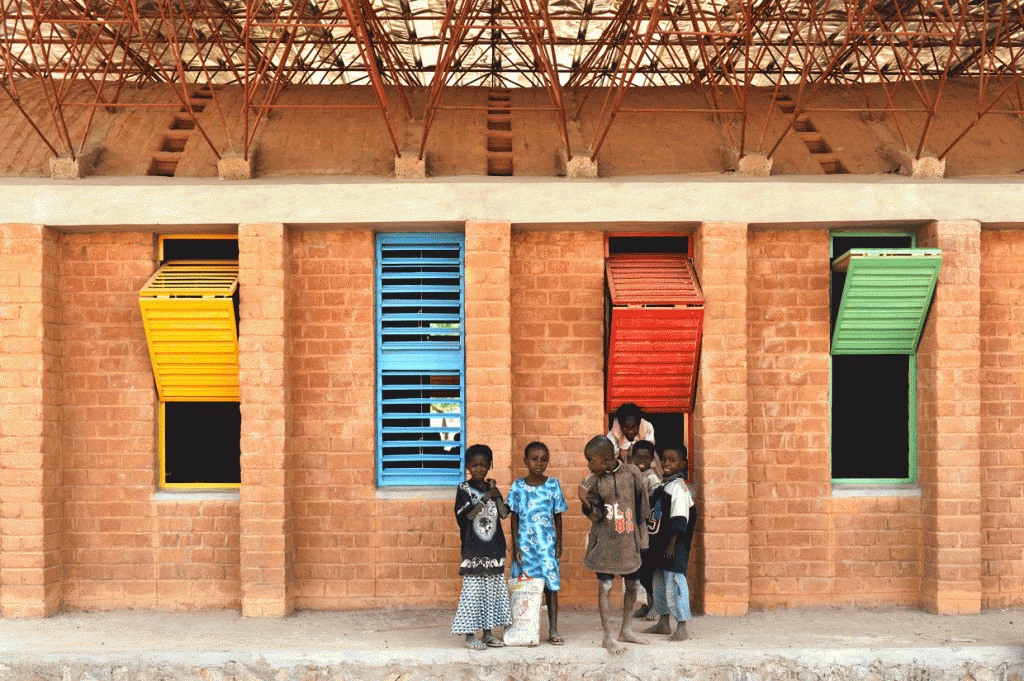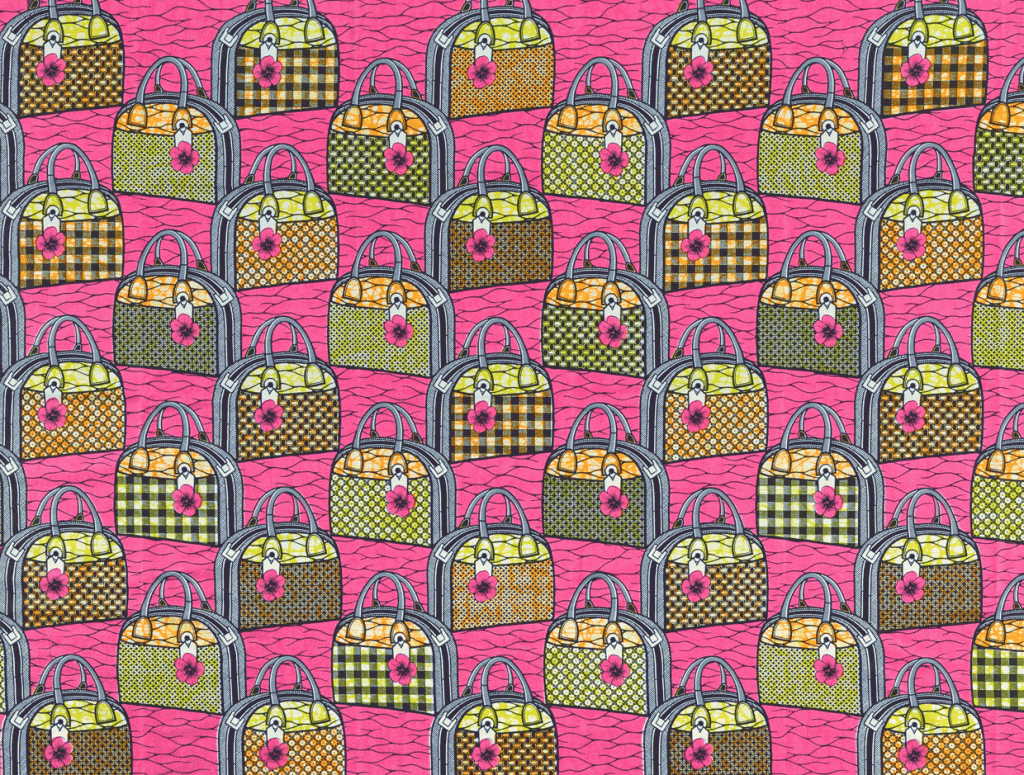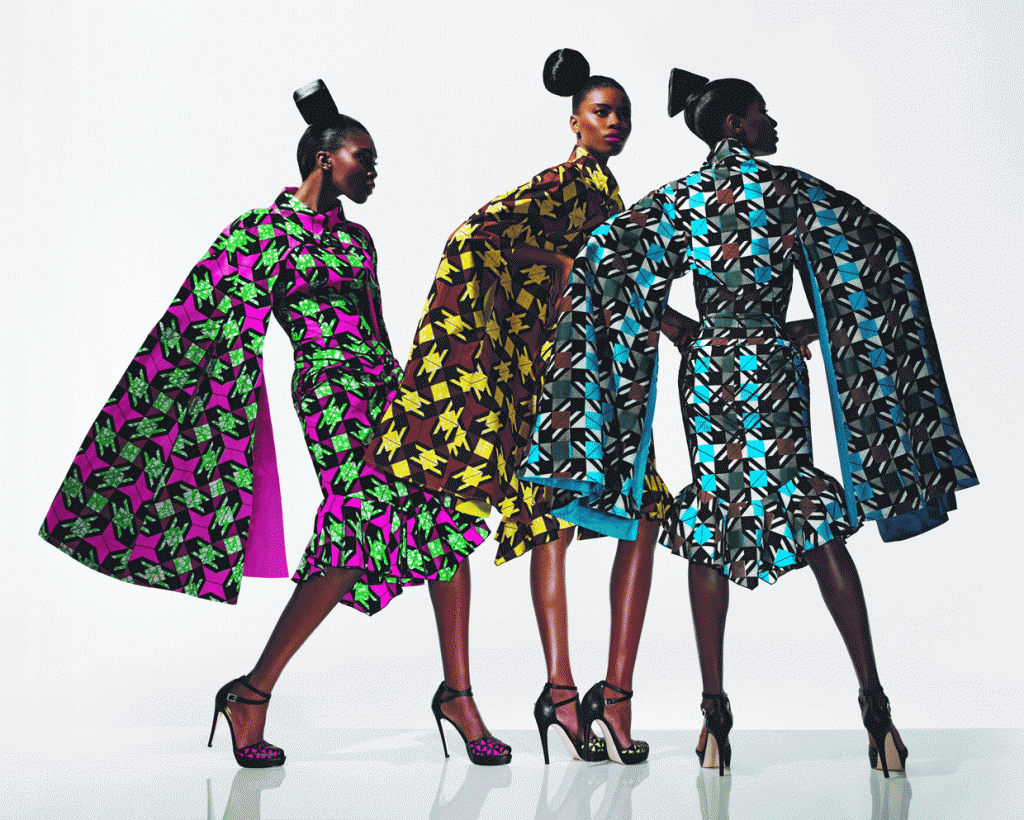 The Kiss, Auguste Rodin, Rodin Museum, Philadelphia
The Kiss, Auguste Rodin, Rodin Museum, Philadelphia
FRENCH SCULPTOR AUGUSTE RODIN CENTENARY CELEBRATED IN NORTH AMERICA WITH EXHIBITIONS AND EDUCATIONAL PROGRAMS
In 2017 several major North American art museums are celebrating the centenary of Auguste Rodin’s (1840–1917) death with traveling exhibitions, permanent collection installations, and a robust program of educational activities. Unified under #Rodin100 and joining a worldwide series of major Rodin projects, these public programs and exhibitions are bringing together new information about the groundbreaking French sculptor. Please refer to each museum’s website for more detailed information.
Exhibitions in North America
The Kiss
Rodin Museum, Philadelphia, PA, February 1, 2017–January 2019
The Rodin Museum presents a new installation centered on the theme of passionate embrace. Bringing together marbles, bronzes, plasters, and terracottas made by Rodin over a 30-year period, this reinstallation includes works such as The Minotaur, I am Beautiful, Eternal Springtime, and Youth Triumphant. It demonstrates the variety of approaches, meanings, and allusions that Rodin brought to his intimate figure groupings in order to evoke emotional intensity. In particular, the Rodin Museum’s copy of The Kiss, a marble commissioned by Jules Mastbaum in 1926 for the museum, is considered for its unique history and as an example of Rodin’s continuing appeal. In addition, other important Rodin sculptures, such as The Thinker and Monument to Balzac, are being reinstalled in the library, octagonal galleries, and vestibules.
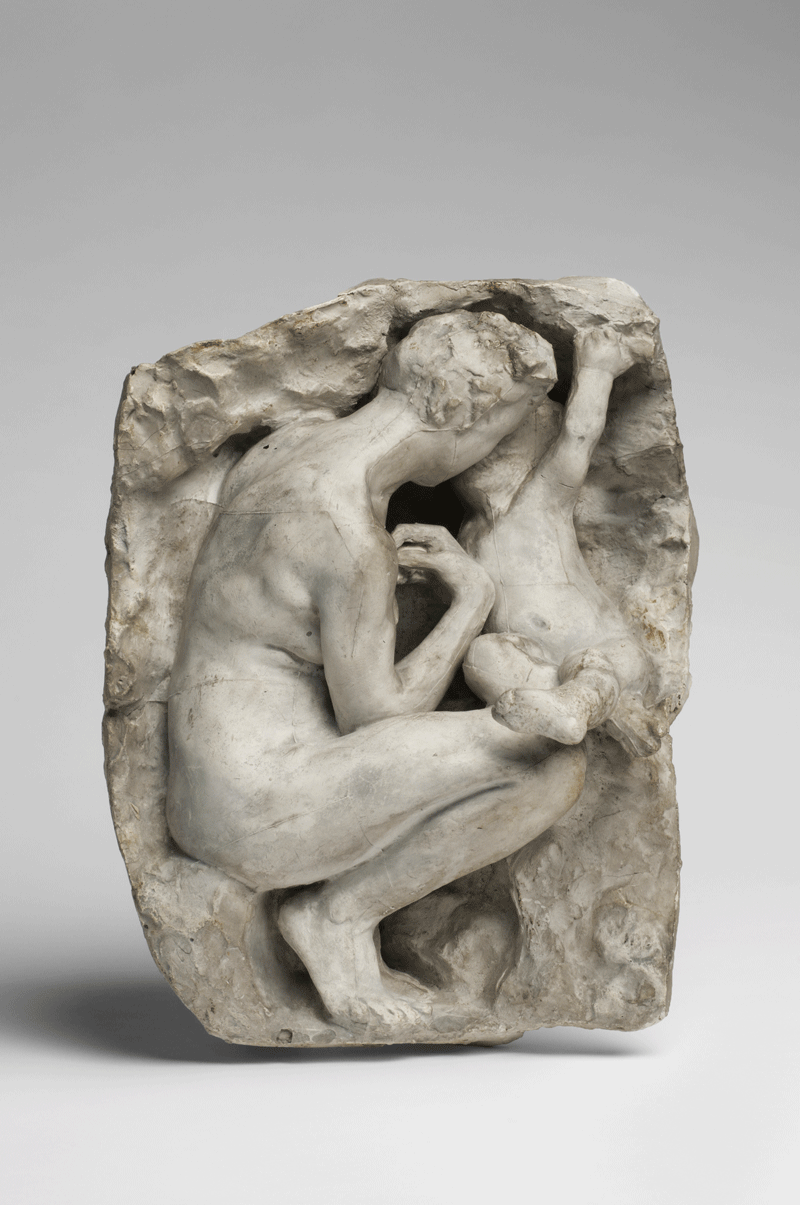 Young Mother in the Grotto, Auguste Rodin, Rodin Museum, Philadelphia
Young Mother in the Grotto, Auguste Rodin, Rodin Museum, Philadelphia
The Rodin Museum on Philadelphia’s Benjamin Franklin Parkway is one of the world’s celebrated places in which to experience the work of French sculptor Auguste Rodin. Opened to the public in 1929 and now restored to its original splendor, this remarkable ensemble of architecture, landscape, and sculpture was designed by architect Paul Cret and landscape architect Jacques Gréber.
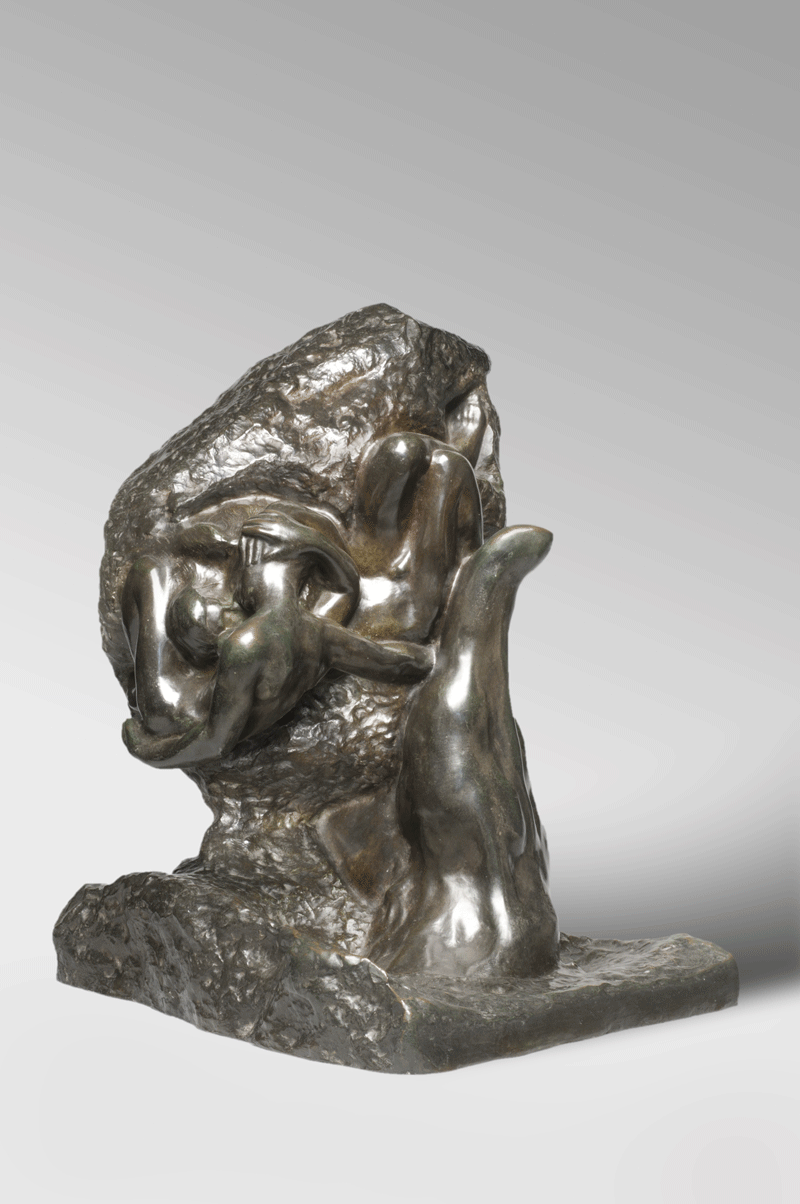 The Hand of God, Auguste Rodin, Rodin Museum, Philadelphia
The Hand of God, Auguste Rodin, Rodin Museum, Philadelphia
Rodin: The Human Experience—Selections from the Iris and B. Gerald Cantor Collections
Portland Art Museum, Portland, OR, through April 16, 2017
Flint Institute of Arts, Flint, MI, May 6–July 30, 2017
Telfair Museums, Savannah, GA, September 1, 2017–January 7, 2018*
A traveling exhibition of 52 bronzes by the French sculptor who revolutionized the genre, this selection of stunning works demonstrates Rodin’s particular passion for modeling the human form in clay, the medium in which his hand and mind are most directly evidenced. While Rodin’s works always remained faithful to nature, he departed from traditional practice in seeking to reveal the creative process.
The bronzes on view represent major achievements throughout Rodin’s career. They include powerful studies for The Burghers of Calais, as well as works derived from his masterpiece The Gates of Hell. Among works demonstrating his experimentation with assemblage is The Night (Double Figure), while other works on view, such as Monumental Torso of the Walking Man, demonstrate his admiration for Michelangelo or, as in Dance Movement D, speak to his interest in understanding how the body moves.
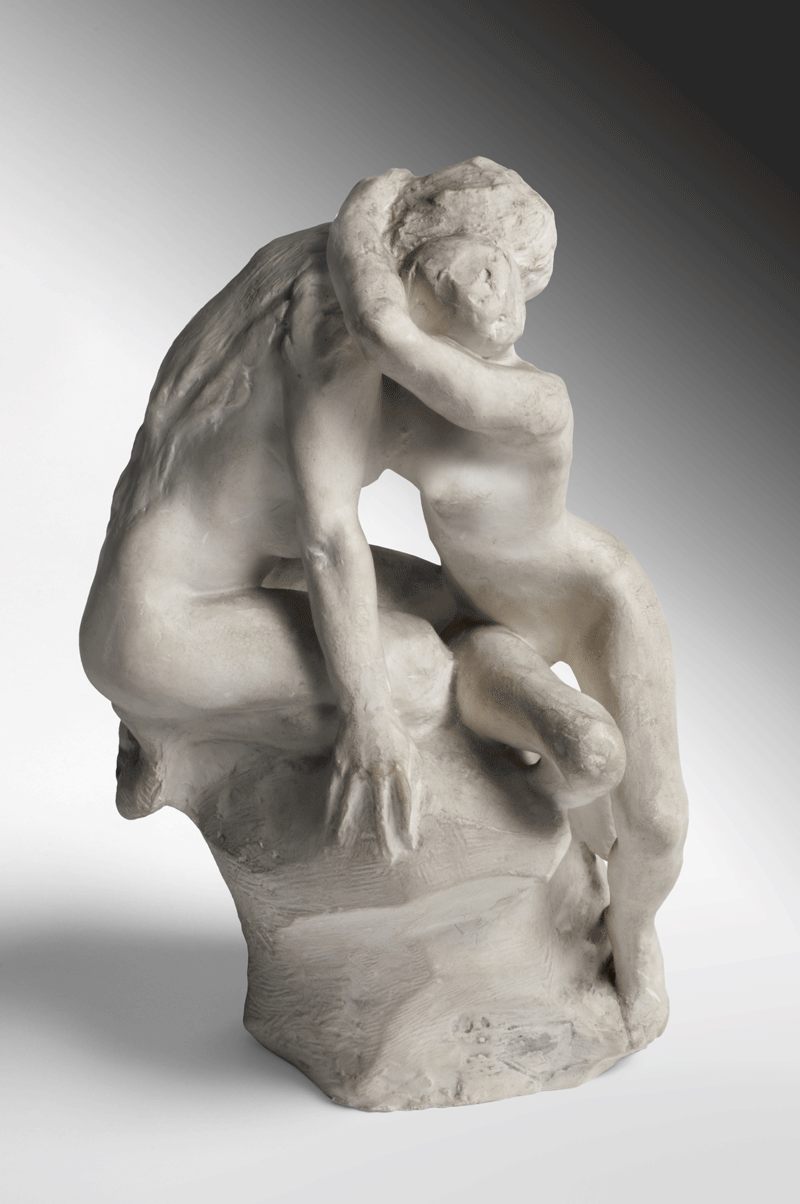 The Good Spirit, Auguste Rodin, Rodin Museum, Philadelphia
The Good Spirit, Auguste Rodin, Rodin Museum, Philadelphia
The exhibition is especially rich in portraiture. Included are Rodin’s renowned depictions of the writers Victor Hugo and Honoré de Balzac; the composer Gustav Mahler; the artist Claude Lorrain; one of his favorite dancers, Hanako; and The Creator, which is likely a self-portrait.
Rodin’s deft skill in using the bronze-casting technique to represent living flesh and his interest in expressing extreme psychological states were highly influential upon younger artists, both in Europe and America. The exhibition reveals why the artist is considered the crucial link between traditional and modern sculpture.
*The Telfair Museum‘s exhibition presents a selection of 32 figures in bronze by Auguste Rodin accompanied by a range of related educational programs for all ages, including an opening lecture by Sobol, a major field trip program focusing on sculpture and writing for schools, and a family day with demonstrations by local public sculptors.
This exhibition has been organized and made possible by the Iris and B. Gerald Cantor Foundation.
 Damned Women, Auguste Rodin, Rodin Museum, Philadelphia
Damned Women, Auguste Rodin, Rodin Museum, Philadelphia
Rodin: Portraits of a Lifetime—Selections from the Iris and B. Gerald Cantor Collections
The Pauly Friedman Art Gallery, Misericordia University, Dallas, PA, September 9–December 9, 2017
The selected works featured in Rodin: Portraits of a Lifetime demonstrate Auguste Rodin’s deep appreciation for the natural form of the human figure. From his first major sculpture, Rodin’s work was marked by realism, which set him apart from the traditional idealized academic art of the 18th and 19th centuries. Rodin captured the expressiveness and authentic emotion of his subjects in part by using roughly textured bronze surfaces to reflect light, giving the effect of movement. His works were both praised and criticized during his lifetime. Today he is credited with transforming sculpture into a modern art form and he remains one of the most influential artists of all time.
This exhibition has been organized and made possible by the Iris and B. Gerald Cantor Foundation.
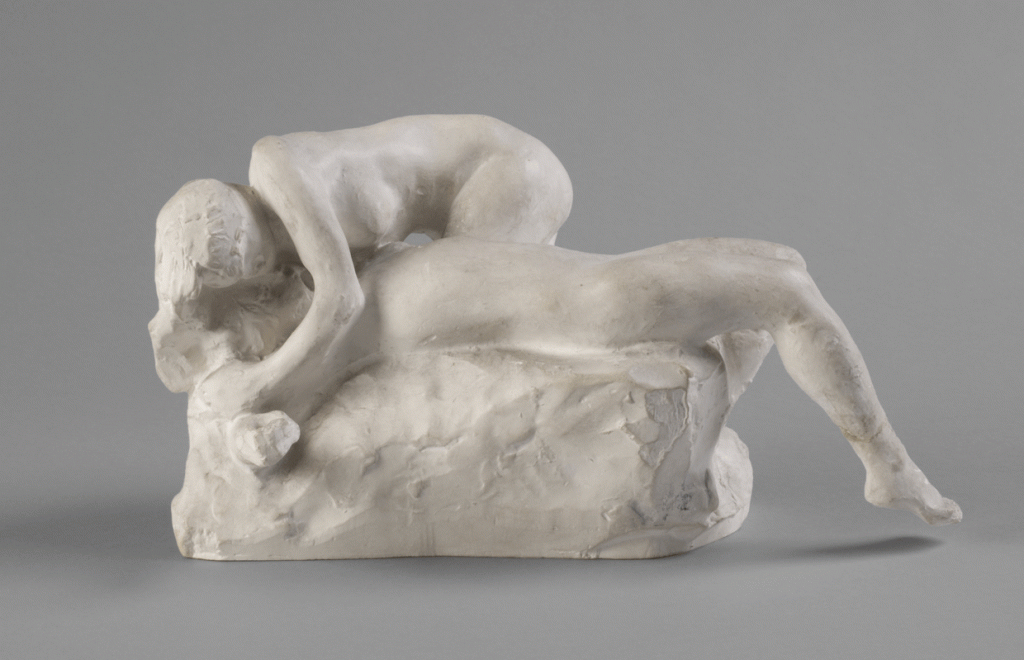 The Death of Adonis, Auguste Rodin, Rodin Museum, Philadelphia
The Death of Adonis, Auguste Rodin, Rodin Museum, Philadelphia
Auguste Rodin: The Centenary Installation
Legion of Honor, San Francisco, CA, January 28–December 31, 2017
The Legion of Honor is presenting a new installation of its extraordinary Auguste Rodin holdings in an exhibition timed for the centenary of the artist’s death. Some 50 sculptures in bronze, marble, and plaster—drawn from the permanent holdings of the Fine Arts Museums of San Francisco—celebrate Rodin in a new context. The exhibition examines the artist’s life and influential work—from his early days courting controversy with sculptures that bore unexpected levels of naturalism to his lasting influence. Auguste Rodin: The Centenary Installation provides a significant opportunity for Bay Area audiences to explore the legacy of the artist known as the father of modern sculpture.
To further commemorate the Rodin centenary, the Fine Arts Museums have invited international artists Urs Fischer and Sarah Lucas to conceive installations combining new and existing works in dialogue with the museums’ Rodin holdings that explore under-appreciated dimensions of Rodin’s work. Another exhibition presents a unique dialogue between the masterpieces of Rodin and the work of the great fin de siècle Austrian master of modernism, Gustav Klimt, in Gustav Klimt and Auguste Rodin: A Turning Point.
Urs Fischer: April 22–July 9, 2017
Sarah Lucas: July 15–September 24, 2017
Gustav Klimt and Auguste Rodin: A Turning Point: October 14, 2017–January 28, 2018
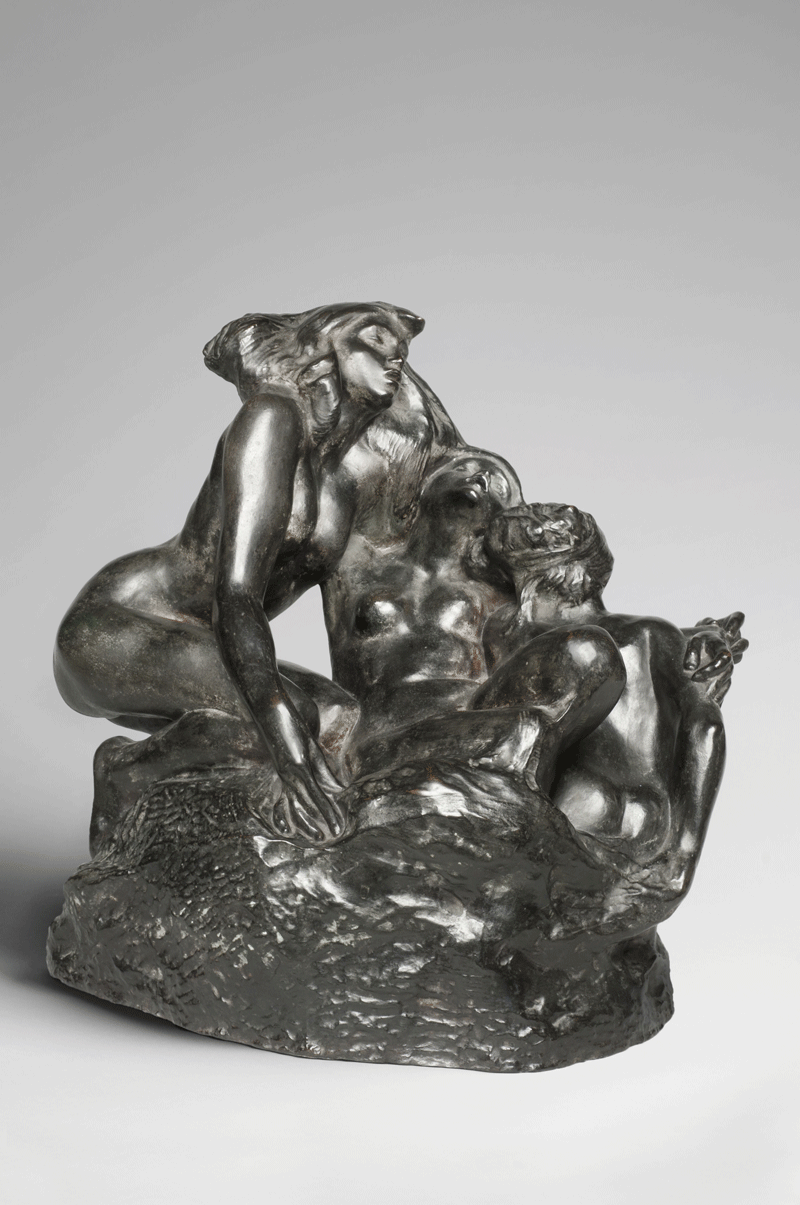 The Sirens, Auguste Rodin, Rodin Museum, Philadelphia
The Sirens, Auguste Rodin, Rodin Museum, Philadelphia
Kiefer Rodin
The Barnes Foundation, Philadelphia, PA, November 17, 2017–February 12, 2018
In collaboration with the Musée Rodin in Paris, the Barnes Foundation presents Kiefer Rodin. Echoing Albert Barnes’s belief in artistic expression as an endless conversation between works of different times and places, this exhibition gathers new works by renowned contemporary artist Anselm Kiefer (born in 1945) that were created in response to sculptures and drawings by Rodin. Both Rodin and Kiefer establish a formal and spiritual analogy between architecture—specifically Gothic cathedrals—and the human body. Rooted in experimentation and the manipulation of unexpected materials, Kiefer’s and Rodin’s artistic processes convey a poignant vision of humanity’s spiritual dilemma and our relation to history.
With over 100 works, the exhibition includes several of Kiefer’s large-scale illustrated books made in homage to Rodin and using such materials as plaster; large paintings; and vitrines filled with assorted objects including molds, dried plants, stones, and pieces of fabric; as well as sculptures and drawings by Rodin, some displayed in the United States for the first time. The contrast of Rodin’s work with Kiefer’s emphasizes Rodin’s modernity and his proximity to contemporary practice. Opening at the Musée Rodin in Paris (March 14–October 22, 2017), the exhibition travels to the Barnes in time to mark the centenary of Rodin’s death.
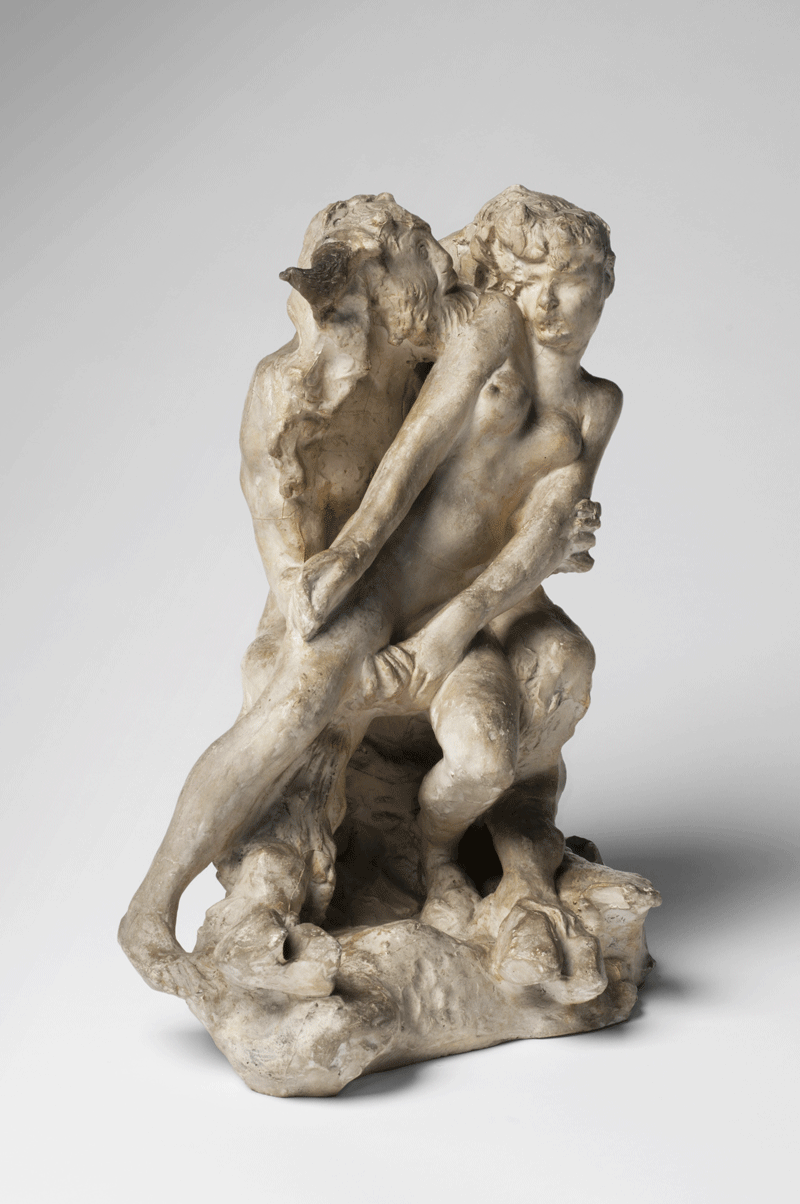 The Minotaur, Auguste Rodin, Rodin Museum, Philadelphia
The Minotaur, Auguste Rodin, Rodin Museum, Philadelphia
Rodin at The Met
The Metropolitan Museum of Art, New York, NY, September 5, 2017–January 15, 2018
The Met celebrates its historic connections to Rodin through an exhibition of his sculptures in the Iris and B. Gerald Cantor Sculpture Gallery. The nearly 60 marbles, bronzes, plasters, and terracottas represent over a century of acquisitions and gifts to the museum. Included are iconic works such as The Thinker and The Hand of God as well as masterpieces such as The Tempest that have not been on view in decades. Paintings from The Met collection by Rodin’s contemporaries and friends, including Claude Monet and Pierre Puvis de Chavannes, complement the sculptures on display.
The extraordinary range of The Met’s holdings of Rodin’s work is also highlighted in a related focus exhibition, Rodin on Paper, a selection of Rodin’s drawings, prints, letters, and illustrated books, as well as photographs by Edward Steichen of the master sculptor and his art.
Eve through the Glance of Art
Museo Soumaya, Mexico City, Mexico, November 17, 2017–April 2018
Works by Rodin are the core of the Fundación Carlos Slim’s collection at the Museo Soumaya. On view in the sculpture garden, in the gallery dedicated to the memory of the collector’s parents, Julián and Linda Slim, are more than 150 works in bronze, marble, plaster, porcelain, and terracotta.
Rodin’s Eve (1883, marble) is the centerpiece of the exhibition, which includes an array of representations of Eve by several artists in the Museo Soumaya’s collection set in dialogue with one another. These remarkable works—representing different periods, styles, and sensibilities in Europe, Mexico, and Latin America—are by such artists as Lucas Cranach the Elder, Jan Brueghel the Younger, Alfred Roll, Émile-Antoine Bourdelle, Juan Soriano, and Georges Rouault. Video-labels, used as museographic support, share poetry, literature, critique, and sketches.
For the 100th anniversary of Rodin’s death, the Museo Soumaya is developing a series of activities to promote the artist: dedicating the November issue of the museum magazine to the French sculptor; combining Rodin’s bronzes with crafts of Mexican artists, full of color and folklore, on two altars during the Day of the Dead celebration; and launching—thanks to Virtual Reality Technology—a computer-generated gallery with 3D images of Rodin’s sculptures. Also, in support of free access to knowledge the Museo Soumaya and the Wikimedia Foundation are planning to beat the Guinness World Record for the longest Edit-a-thon: 100 hours to celebrate Rodin’s centennial.
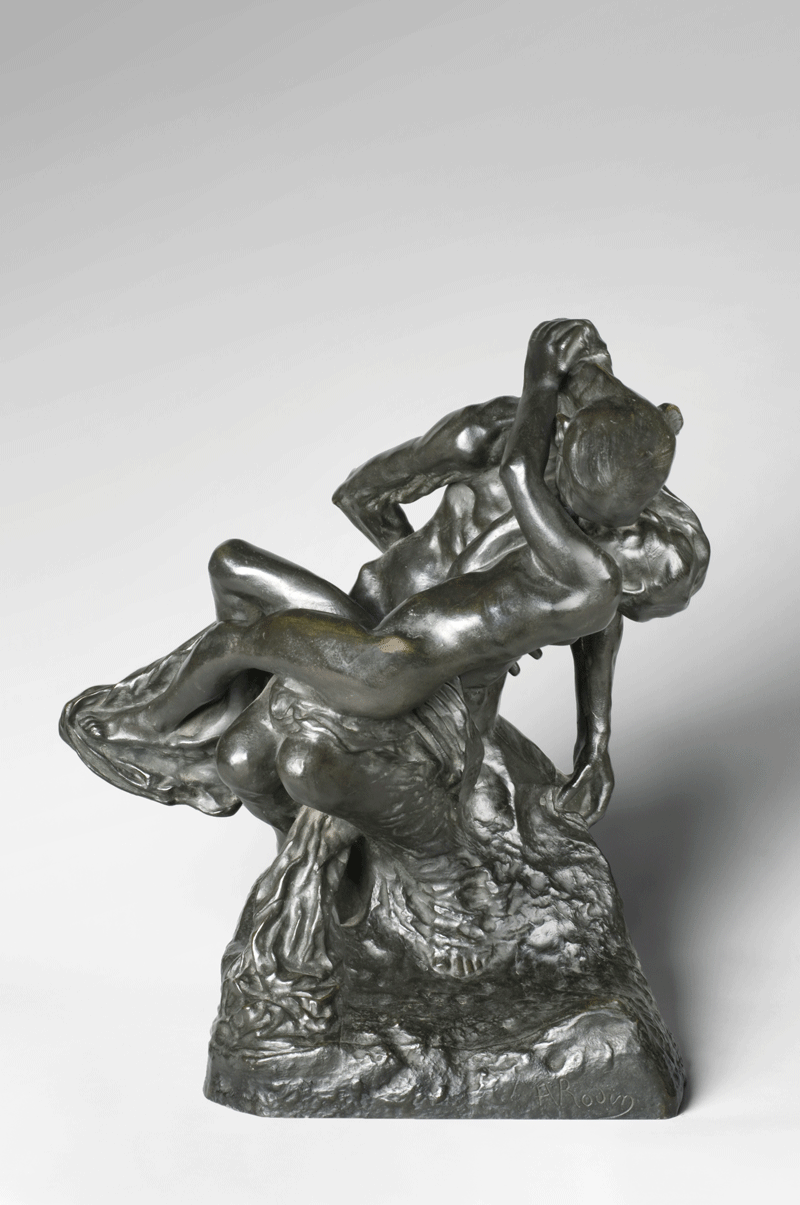 Youth Triumphant, Auguste Rodin, Rodin Museum, Philadelphia
Youth Triumphant, Auguste Rodin, Rodin Museum, Philadelphia
Permanent Collection Installations/Promotions
The Cleveland Museum of Art, OH
Rodin: Master of Modern Sculpture
The Cleveland Museum of Art marks the centennial of Auguste Rodin’s death with a display of works from the museum’s permanent collection. During World War I, while the museum’s original building was under construction, trustees began negotiating with Rodin to acquire a series of works for the building’s opening in June 1916. Rodin agreed to cast a special version of his celebrated Age of Bronze for the museum. Other life-size casts were also acquired at this time, including a monumental version of The Thinker destined to become the signature work gracing the museum’s main entrance. The museum would acquire more than 30 works that span the artist’s career in a wide variety of materials, including the magnificent larger-than-life plaster sculpture Heroic Head of Pierre de Wissant. This special presentation of Rodin is on view beginning Septem ber 1, 2017.
J. Paul Getty Museum, Los Angeles, CA
Always on view, Rodin’s Christ and Mary Magdalene is a three-and-a-half foot marble sculpture of a dying man nailed to rock and mourned by a naked woman kneeling in front of him. Rodin alternatively titled the work Prometheus and the Oceanid and The Genius and Pity, opening up the composition to multiple biblical, mythical, and secular associations.
The compelling strength of this work results from the stark contrast between the highly polished surfaces of the naked flesh and the surrounding rough-hewn marble. Rodin admired Michelangelo’s sculptures and that artist’s influence on Rodin can be seen not only in the unfinished parts of the piece but also in the dramatically contorted female body. As was his practice, this sculpture was entrusted to Rodin’s primary marble carver Victor Peter, a well-regarded artist himself, though Rodin oversaw the process. Unlike most of Rodin’s works, this sculpture was never cast in bronze and only one other marble version exists.
Christ and Mary Magdalene is on view in the Getty Museum’s West Pavilion alongside the work of painters who were contemporaries of Rodin.
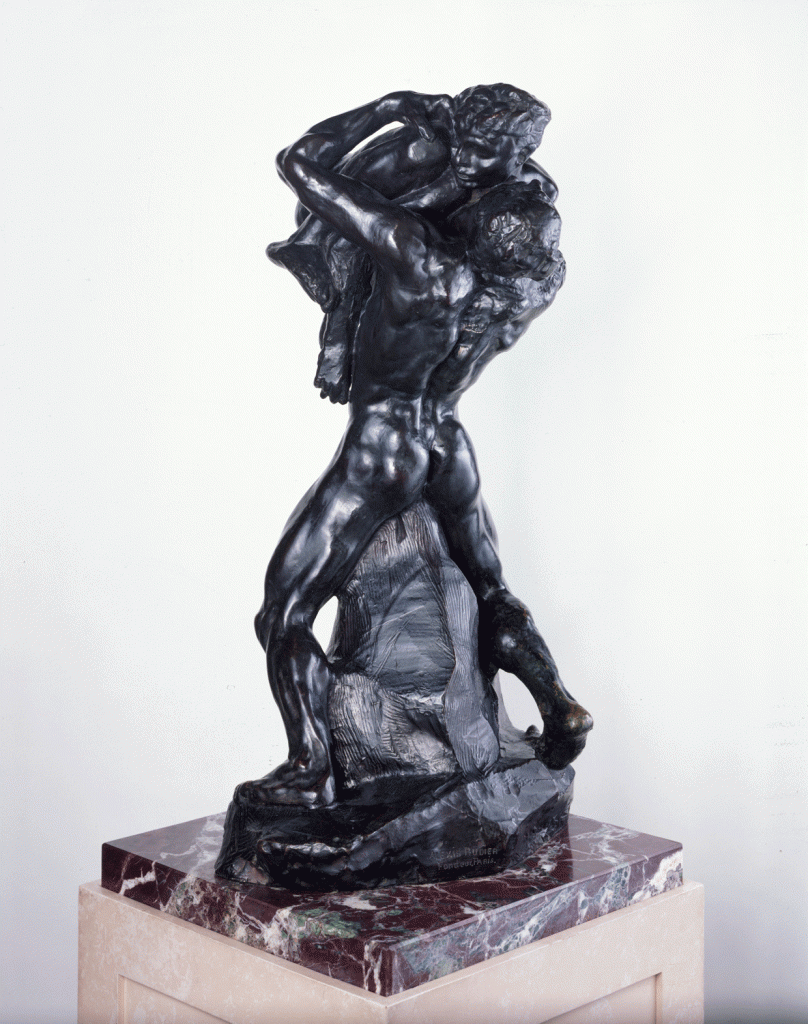 I Am Beautiful, Auguste Rodin, Rodin Museum, Philadelphia
I Am Beautiful, Auguste Rodin, Rodin Museum, Philadelphia
Los Angeles County Museum of Art (LACMA), CA
Sixty-six works by Rodin represent one of the largest concentrations by any artist in the museum’s collection. Two dozen significant works in bronze, plaster, and porcelain are on view year-round in the B. Gerald Cantor Sculpture Garden and in the European galleries.
Highlights include Eternal Spring, one of Rodin’s most sensual compositions, first created around 1884; two examples of The Minotaur and Nymph (c. 1886), one of Rodin’s most popular small erotic compositions; a selection of life-size individual figures, such as Jean d’Aire and Jean de Fiennes, created for The Burghers of Calais (1889); and the ninth cast of the colossal Monument to Balzac.
All showcase the power of Rodin’s modeling, his interest in movement and materiality, and his dedication to capturing the vitality of the human form.
The Metropolitan Museum of Art, New York, NY
The Met’s relationship with Rodin began in the first decade of the 1900s when the sculptor was at the height of his international fame. Museum benefactors like Thomas Fortune Ryan encouraged collaboration with the artist to form a collection of his work. Marbles were acquired directly from Rodin’s studio, bronzes were cast at the museum’s request, and the sculptor also donated plaster and terracotta models. During these years, the museum also actively acquired Rodin’s graphic art.
In 1912, The Met opened a gallery dedicated to Rodin’s sculptures and drawings, the first at the museum devoted exclusively to the work of a living artist. Displayed in that gallery were almost 30 sculptures, and by 1913, 14 drawings and watercolors. At this time Rodin wrote to the museum’s director, Andrew Robinson, describing how happy it made him to augment the museum’s collections, knowing how tastefully the gallery was arranged. In the late 20th century, the historic core of The Met’s Rodin collection was magnificently enhanced by Iris and B. Gerald Cantor and their Foundation’s gifts of over 30 sculptures, many of them posthumous editions authorized by the artist, as well as funding for a new gallery in which to display the collection. Today, The Met’s holdings of Rodin’s art are among the largest in the United States. Their strength lies in their breadth and depth, and their capacity to unite Rodin’s lifetime achievement with his enduring sculptural legacy.
Museum of Fine Arts, Boston, MA
Boston played an important role in the collecting of Rodin’s work in America during the sculptor’s lifetime. The MFA acquired its first piece in 1906 and the collection has grown to include 19 sculptures in marble and bronze, 12 prints, and four drawings. Four of the most distinguished sculptures in the collection are on view in the galleries, three of which were already at the MFA by the time of Rodin’s death in 1917. These are Ceres (marble; carved in 1896; acquired in 1906); Psyche (marble; carved in 1899; acquired directly from Rodin’s exhibition of 1900 at the Pavilion d’Alma by the historian and writer Henry Adams for his niece Louisa Hooper and on loan to the MFA from 1904 until its acquisition in 1975); Bust of Jules Dalou (bronze; modeled in 1883; cast around 1889; bought in 1912 by the MFA directly from the artist after its exhibition at the museum that year); and Eternal Springtime (bronze; modeled in 1881; cast in 1916 or 1917 by Rodin for his young cousin Henriette Coltat; acquired in 1993).
National Gallery of Art, Washington, DC
The National Gallery of Art, Washington, holds one of the largest collections of works in marble, clay, plaster, and bronze created by Rodin during his lifetime, some 30 of which are currently on view. The collection’s core was formed by a gift in 1942 to the newly opened Gallery from the artist’s patron, promoter, and friend Kate Simpson. After this American collector decided to close her home in New York City, she chose to give her entire collection of Rodin works—all acquired during the sculptor’s lifetime—to the Gallery so that they could remain together. Included in the gift were bronze examples of the iconic works The Thinker (model 1880, cast 1901), The Kiss (model 1880–1887, cast c. 1898/1902), and Head of Balzac (model 1897).
Additional highlights of the Gallery’s collection of Rodin include a full-size plaster cast of the artist’s first recognized masterpiece, The Age of Bronze (model 1875–1876, cast 1898); a moving plaster bust of Jean d’Aire (model 1884–1889, cast probably early 20th century) as well as a bronze reduction of the complete figure of Jean d’Aire from the self-sacrificing group portrayed in The Burghers of Calais (model 1884–1889, reduction cast probably 1895); and studies and works on paper. The most recent addition to the collection is the marble Eve (model c. 1881, carved 1890/1891), acquired in 2014 as part of the Corcoran Collection.
Nelson-Atkins Museum of Art, Kansas City, MO
Rodin’s The Thinker is the beloved centerpiece of the Donald J. Hall Sculpture Park at the Nelson-Atkins Museum of Art, Kansas City, MO. It is being celebrated during Kansas City’s Big Picnic, a massive annual gathering on Sunday, July 23, that stretches from the museum’s 22-acre campus across the street to Kansas City’s Theis Park. The picnic is a joint project between the museum and the city. The promotion includes a social media contest challenging visitors to strike their best “thinking” pose.
The Nelson-Atkins Museum of Art, Kansas City, MO holds four works by Rodin, including two drawings, the small wax figure Study of a Seated Man (possibly for “The Sailor”), and the powerful Adam, a bronze sculpture that is on permanent view in the museum’s sculpture hall. With its twisting torso, bent knee, and obliquely crossed arm, the sculpture depicts Adam from the Old Testament at the moment of his creation.
Norton Simon Museum, Pasadena, CA
The Norton Simon Museum, Pasadena, CA is home to 11 works by Rodin, eight of which are on permanent view in the museum’s front entrance garden. These include such iconic bronze sculptures as Monument to Balzac and The Burghers of Calais, as well as The Thinker, which looks out over busy Colorado Boulevard. Rodin’s mastery of depicting the human form is evident in the works Saint John the Baptist, The Walking Man, Jean de Fiennes, Vetu, Pierre de Wissant, and Nude. Also in the collection, but not on permanent display, are three of Rodin’s charming small bronze works depicting dancers in various poses.
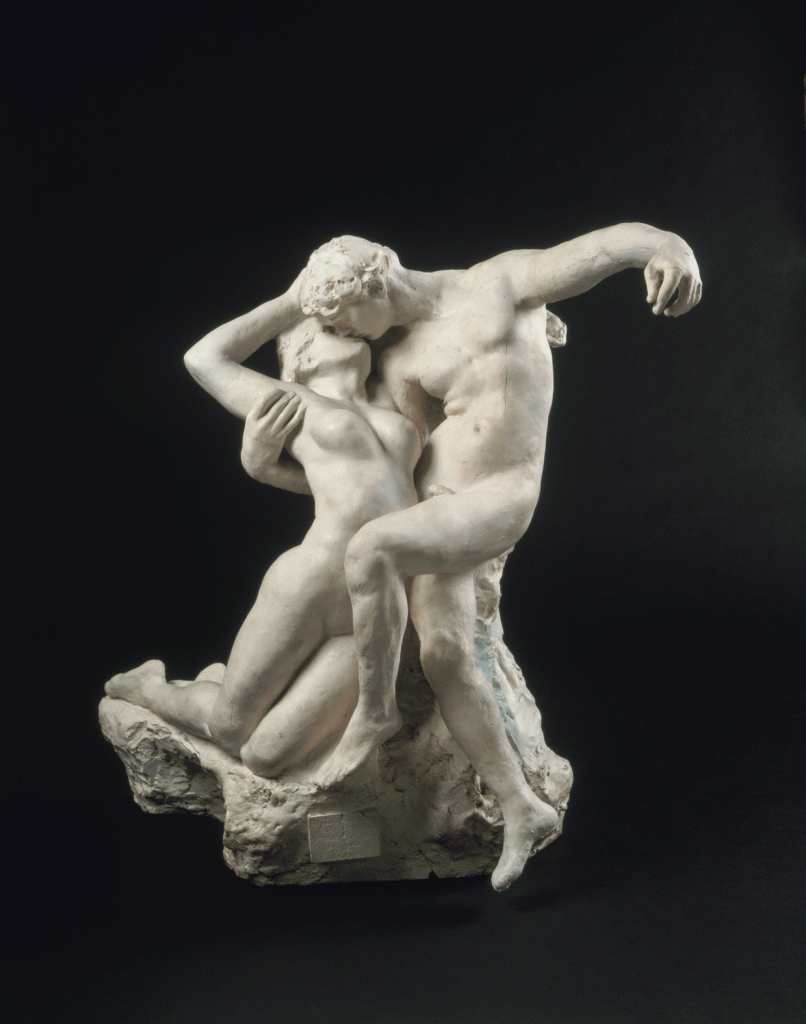 Eternal Springtime, Auguste Rodin, Rodin Museum, Philadelphia
Eternal Springtime, Auguste Rodin, Rodin Museum, Philadelphia
In France and Europe
The centenary is being commemorated at the Musée Rodin as well as other European institutions. More information is at www.Rodin100.org
Thank you to The Rodin Museum Philly and The Philadelphia Museum of Art for the content and photographs for this post.
Like Rodin Museum on facebook
SEO and Photoshop by DoN.
Like DoNArTNeWs Philadelphia Art News Blog on facebook
Follow the new DoNArTNeWs.com
Follow DoN on Twitter @DoNNieBeat58
@donniebeat on Instagram
Affiliate Marketing [disclosure page] Shop on-line and help support DoNArTNeWs


